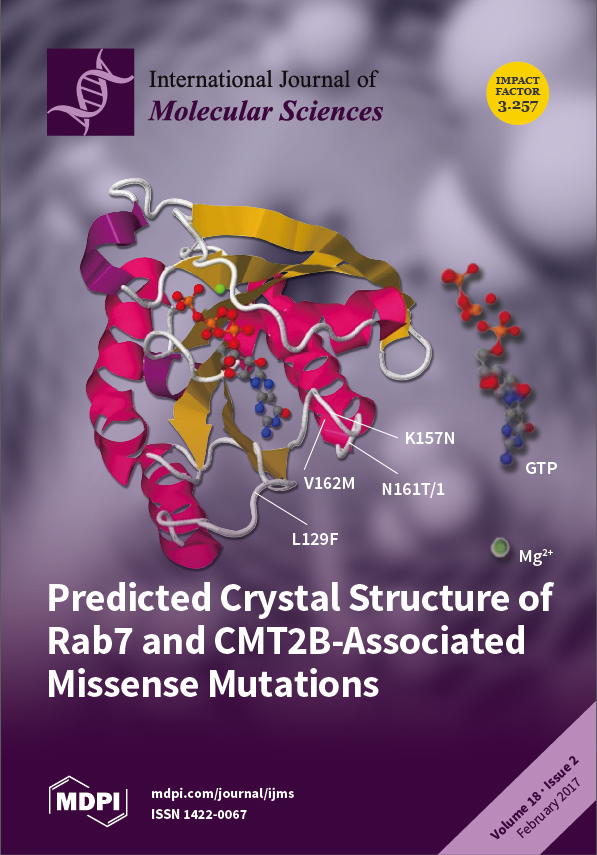Insulin receptors play key roles in growth, development, and polymorphism in insects. Here, we report two insulin receptor genes (
AcInR1 and
AcInR2) from the brown citrus aphid,
Aphis (
Toxoptera)
citricidus. Transcriptional analyses showed that
AcInR1 increased during the
[...] Read more.
Insulin receptors play key roles in growth, development, and polymorphism in insects. Here, we report two insulin receptor genes (
AcInR1 and
AcInR2) from the brown citrus aphid,
Aphis (
Toxoptera)
citricidus. Transcriptional analyses showed that
AcInR1 increased during the nymph–adult transition in alate aphids, while
AcInR2 had the highest expression level in second instar nymphs.
AcInR1 is important in aphid development from fourth instar nymphs to adults as verified by dsRNA feeding mediated RNAi. The silencing of
AcInR1 or/and
AcInR2 produced a variety of phenotypes including adults with normal wings, malformed wings, under-developed wings, and aphids failing to develop beyond the nymphal stages. Silencing of
AcInR1 or
AcInR2 alone, and co-silencing of both genes, resulted in 73% or 60%, and 87% of aphids with problems in the transition from nymph to normal adult. The co-silencing of
AcInR1 and
AcInR2 resulted in 62% dead nymphs, but no mortality occurred by silencing of
AcInR1 or
AcInR2 alone. Phenotypes of adults in the ds
InR1 and ds
InR2 were similar. The results demonstrate that
AcInR1 and
AcInR2 are essential for successful nymph–adult transition in alate aphids and show that RNAi methods may be useful for the management of this pest.
Full article






